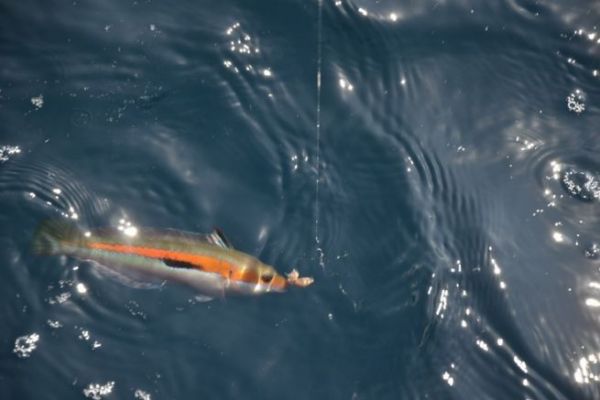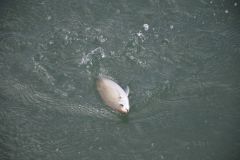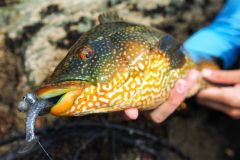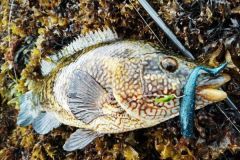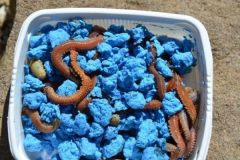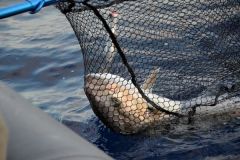Introducing the girelle
The girelle is a colorful little fish, emblematic of Mediterranean coasts, living mainly on rocky bottoms and sea grass beds, from the surface to a depth of 60 meters. It is renowned for its liveliness and wary nature, making it a popular target, especially when fishing for rock fish.
The different techniques for fishing for girelle
Longline fishing (or "soup fishing")
Very popular and accessible to all, the longline consists of lowering a simple rig, weighted with a sinker and fitted with several small hooks baited with worms, pieces of shrimp or mussel meat. Simply let the rig sink to the bottom, keep the line taut and strike quickly with a touch. This technique can be used to catch several species of rockfish, including wrasse, often in doubles or triples.
Float fishing
Shore fishing or float fishing is carried out from rocks, dykes or quays. Use a light rod (3 to 4.5 m), a discreet float and a small hook (n°12 to 16). Various worms (centipede, American), pieces of shrimp or mussel meat are used as bait.
Troll fishing is carried out from a boat or kayak, using rigs similar to longlines, on rocky or seagrass beds.
Fishing for blackbirds
The "girelier" is a creel designed for fishing for crab, used on deeper bottoms (10 to 60 m), primed with crushed mussels and sea urchins.
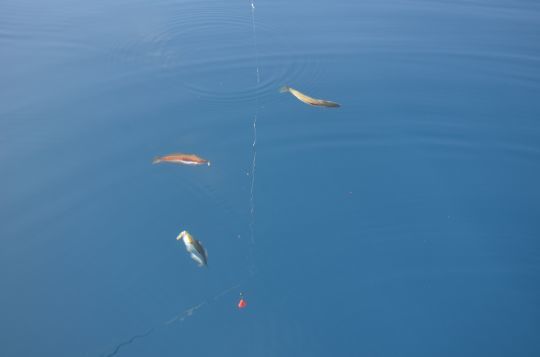
Rigging and equipment for fishing for girelles
A thin, light rod (2.5 to 3.5 m), equipped with a light reel with a loose drag, will suffice to find the chub. There's nothing complicated about the rig. A palangrotte or stack rig, with 1 to 4 small hooks (n°12 to 16) and the addition of a coloured lead (white, fluorescent) to attract the curiosity of the fish, will provide effective fishing.
The various fresh baits, securely attached to the hook, need to be changed frequently, as the girelle "chews" a lot.
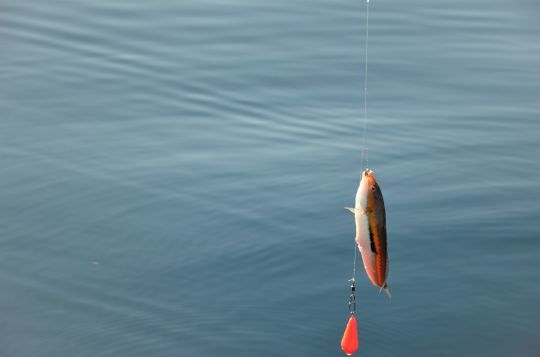
A few practical tips
- Shovel quickly, as the girelle engages the hook deeply.
- Provide a fish disgorger or small knife for unhooking fish.
- Fish early in the morning or at the end of the day, when the chub is most active.
The best time to fish for blackbirds is from spring to late summer, i.e. from April to September. During this season, the waters are warmer, which favors feeding activity and facilitates catching. Fishing is particularly effective on rocky bottoms or grass beds, where they feed on worms, shrimps, molluscs and other invertebrates.
Outside this period, particularly in winter, fishing is possible, but bites are less frequent, although the fish caught are often larger.
To maximize your chances of catching them, fish from spring to late summer.
